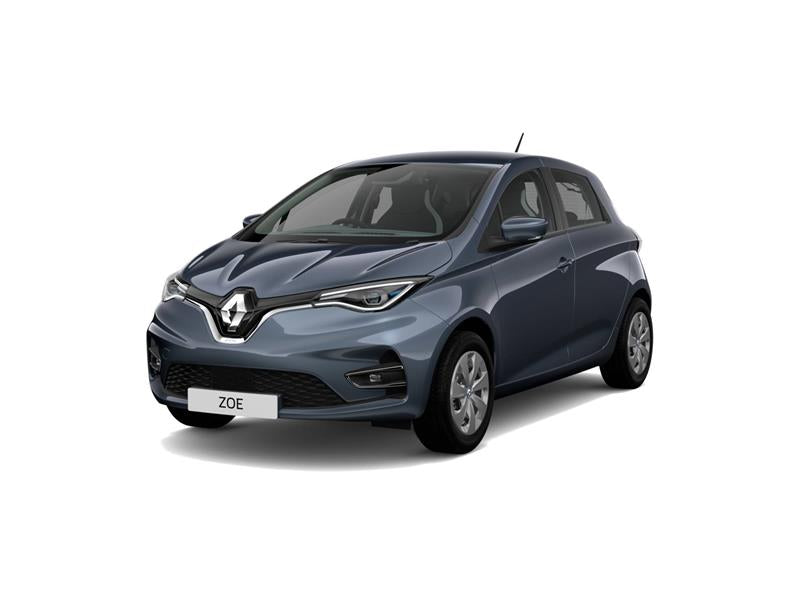Subaru is planning to create a new R&D center near its headquarters in Japan, focusing on the development of electric vehicles. Subaru's first true mass-market electric vehicle will be a crossover based on the Toyota bZ4X. Subaru's interpretation of the Toyota BEV high rider, dubbed the Solterra, is reportedly simply the tip of the iceberg when it comes to the automaker's goal to electrify its lineup; it expects to invest more in EV research and development to fulfil the growing demand for such vehicles.
The facility is expected to open in 2024, with the purpose of combining more of the firm's workers and engineers under one roof in order to increase speed and flexibility as the company adapts to the change to electric vehicles. Subaru plans to invest $272 million in this new R&D facility, which will employ 2,800 employees. The automaker has also setup a new chief technology officer position with their aim stated as:
Create an organization that is well suited to developing new technologies such as electrification technology, software and communications.
Subaru's long-term goal is for electrified vehicles to account for up to 40% of its total global sales volume by the end of this decade. Subaru has a lot on its plate, and aside from the aforementioned Solterra, which is being developed in collaboration with Toyota, it has made no mention of another fully electric vehicle it may be working on. Future Subaru EVs could be built on another company's platform or as part of a joint effort like the Solterra.
Renault is upgrading
Renault has updated its infant EV with a larger battery, more powerful motor, a new design, and more features.

The newest Zoe comes with a 52kWh battery that claims to have a range of up to 395 kilometers. It also enables DC charging at up to 50kW, which is sufficient to charge the battery from 0 to 80% in just over an hour. When connected to a 50kW charger for half an hour, the range can be increased by up to 120 kilometers.
A more powerful electric motor is put on the front axle in addition to the new battery. The new ‘R135' engine delivers 100kW and 395Nm of torque, which is enough to propel the little hatch to 100kmh in under ten seconds.
A ‘R110' variant with a lower power output of 80kW/225Nm is also available. If you want a lot of range, go with this one because it has a 395km rating. The 100kW version, on the other hand, should still put in respectable mileage, according to Renault's website, which claims 385km on the WLTP test cycle.
The Zoe now includes a new B mode function that maximizes regenerative braking for ‘one-pedal' driving, completely eliminating the need for the brake pedal. There is still a D drive mode, which gives you a more traditional driving experience.
A revamped dashboard with new soft-touch materials and metallic inlays is among the other interior modifications. All variants come with basic LED interior illumination.
The seat upholstery is entirely constructed of recycled plastics, whereas the higher-end Zen model's synthetic leather/fabric upholstery is manufactured from scrapped safety belts and plastic trash. It's a first for the automobile sector, according to reports, and it helps lower production emissions by 60% when compared to more traditional materials.
Standard LED headlights and taillights, additional chrome trim around the grille and fog lights (also LEDs), and new 16-inch wheel designs are among the exterior modifications.
It's also worth noting that the battery is covered by an eight-year/160,000-kilometer warranty, while the Zoe is covered by a three-year/unlimited-kilometer warranty.








